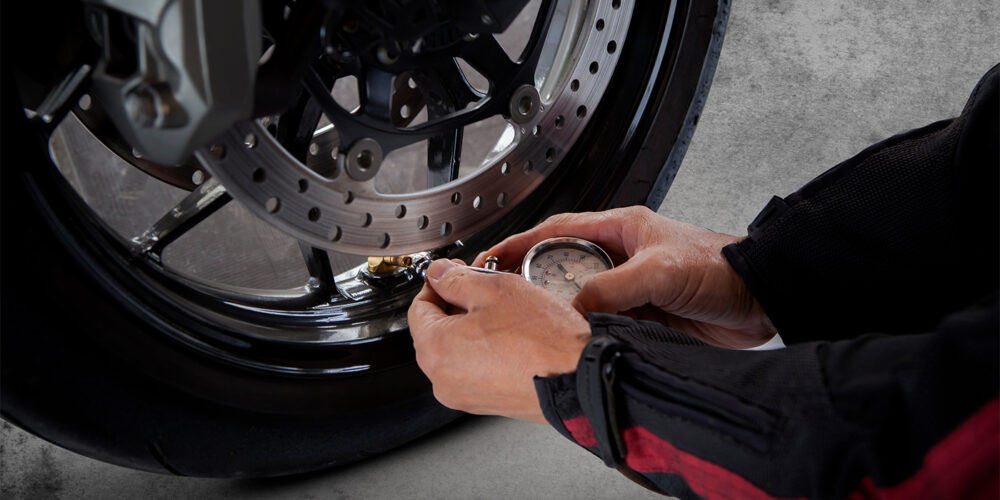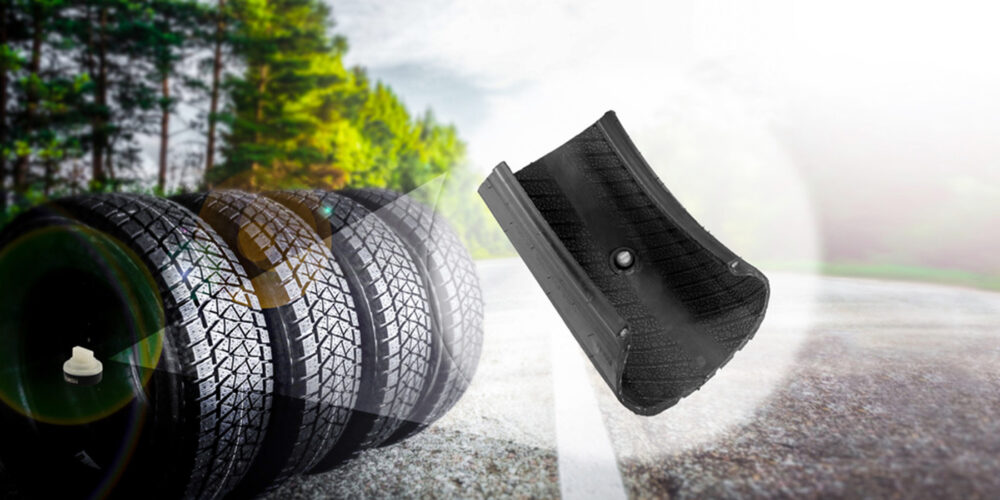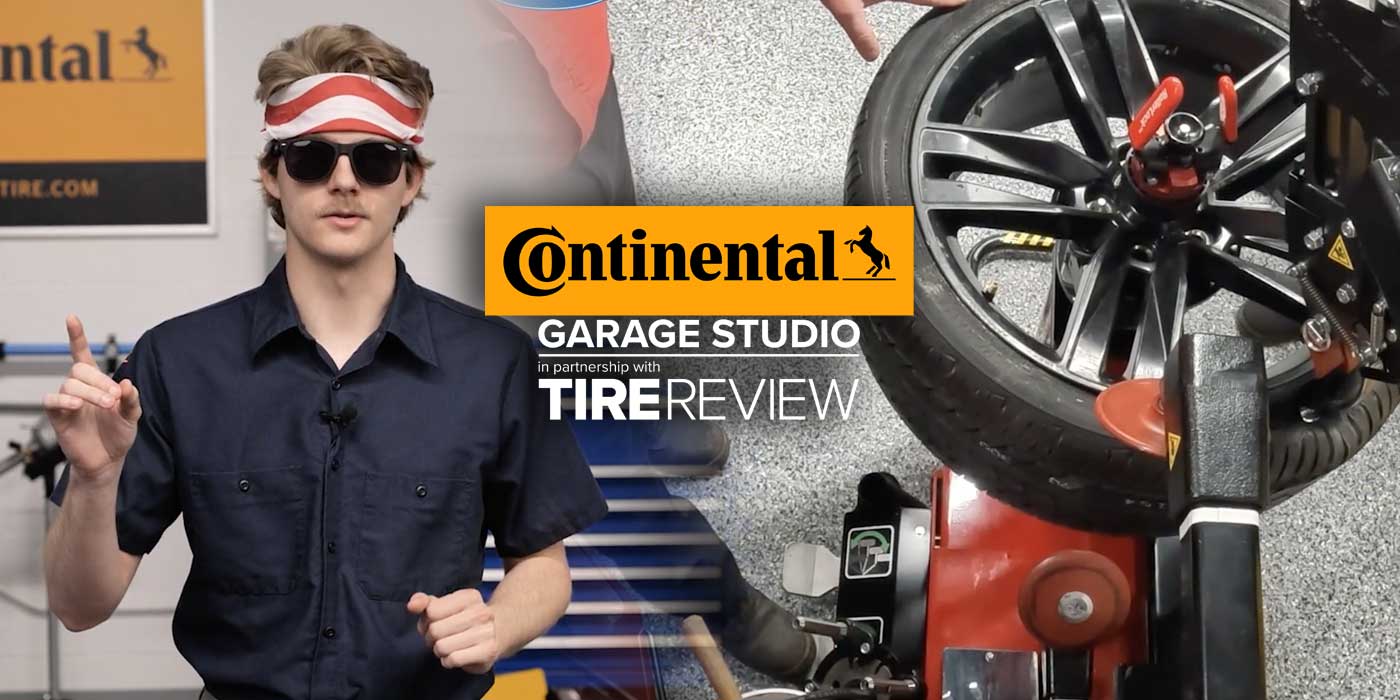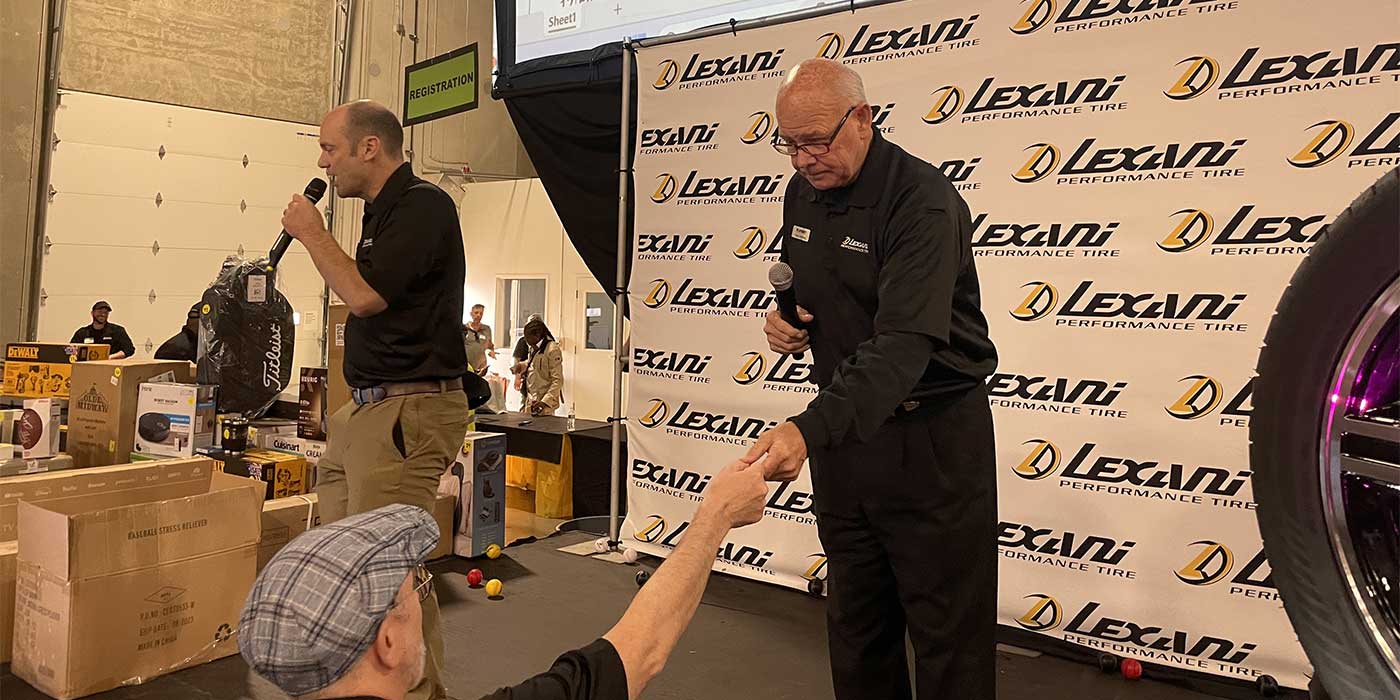The thrill of riding a motorcycle is unmatched, offering a sense of freedom and adventure. However, this exhilaration comes with its own set of challenges, demanding a higher level of awareness and control. Proper tire pressure is essential for safe and smooth rides, and this is where Motorcycle Tire Pressure Monitoring Systems (TPMS) come into play. Tire Pressure Monitoring Systems (TPMS) have become increasingly popular in the motorcycle world, playing a pivotal role in ensuring the safety of riders.
Motorcycle TPMS and its Importance
TPMS is short for Tire Pressure Monitoring System, and it utilizes valve-mounted sensors within the tires. These sensors continuously monitor and display air pressure and temperature information on a motorcycle dashboard, enabling riders to stay informed about their tire conditions in real-time and take immediate action if issues arise.
Motorcycle tires are the only point of contact between the rider and the road. They affect the bike’s stability, traction, handling, and overall safety. Underinflated tires can result in poor handling, reduced traction, and increased braking distances. Overinflated tires, on the other hand, can compromise traction and riding comfort, potentially causing a loss of control. Proper tire pressure not only guarantees safety but also enhances a rider’s performance and fuel efficiency. When tires are correctly inflated, they wear evenly, ensuring a longer tire lifespan and improved handling.
While TPMS has been mandated for passenger vehicles in the United States and other countries, motorcycles are not yet a part of this legislation. Nevertheless, many motorcycle manufacturers are incorporating TPMS as a standard feature due to the undeniable benefits it offers.
Motorcycle TPMS Benefits:
TPMS offers numerous benefits including:
- Enhanced Safety: Immediate alerts about tire pressure and temperature changes enable quick action, preventing safety hazards.
- Improved Handling: Proper tire pressure ensures stable handling and comfort, enhancing control and grip on the road.
- Cost Savings: Correct tire pressure minimizes fuel consumption and maximizes tire lifespan, saving the rider money in the long run.
- Peace of Mind: Continuous monitoring reduces worries about sudden tire-related incidents, ensuring a safer and more convenient ride.
In the world of motorcycle safety, every little detail counts. TPMS is a technology that significantly enhances safety and performance for motorcycle riders. By providing real-time information on tire pressure and temperature, it allows the rider to enjoy their rides with greater confidence, knowing that you are equipped to handle any tire-related issues promptly. TPMS is a valuable tool to ensure safe and thrilling rides. Remember, the road is a motorcycle rider’s playground, but safety should always be their priority.
Yanick Leduc has been a technical trainer for more than 20 years. Yanick started working in the automotive industry in 1992 and his career at Schrader TPMS Solutions began in 2017 when he joined the company as a technical training and support specialist. Since January 2021, he has been leading Schrader’s TPMS Training Team globally. He says his passion for digital learning has inspired Yanick to enhance Schrader’s digital training activities with the launch of www.TPMSAcademy.com and the delivery of multiple webinars.














